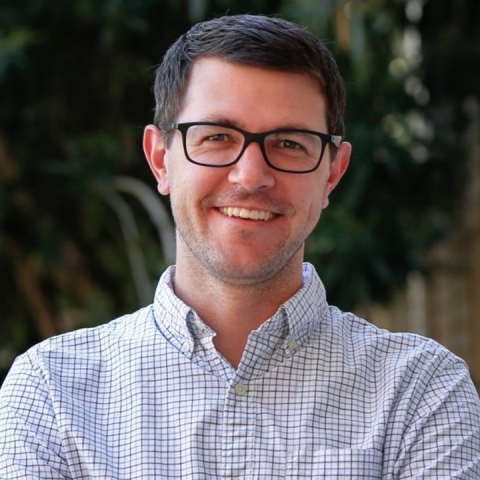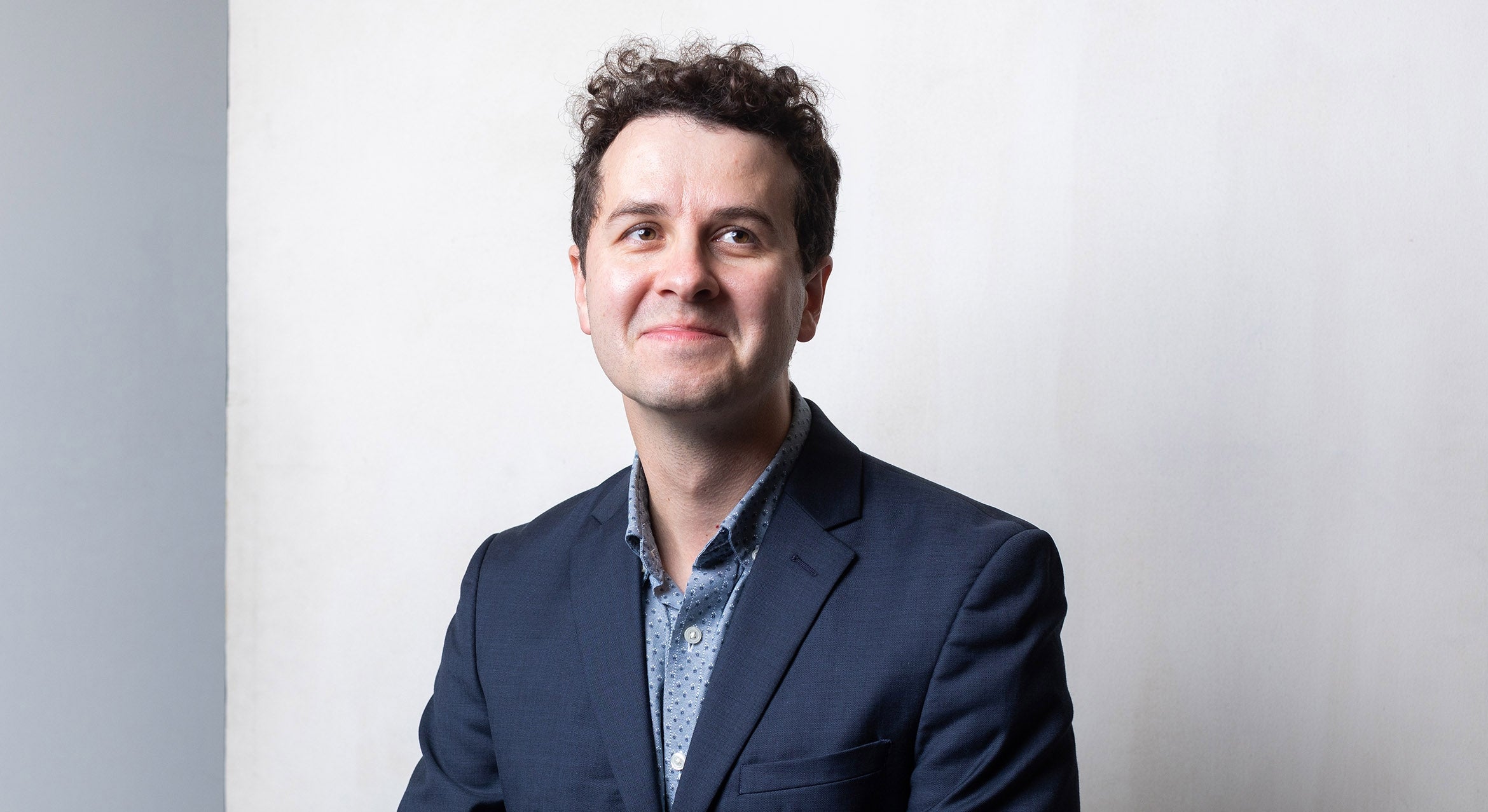UC Santa Barbara partners with SB City College to expand workforce training in micro/nanotechnology and semiconductor manufacturing
UC Santa Barbara and Santa Barbara City College have joined forces to expand a program that provides critical workforce pathways for micro/nanotechnology and semiconductor manufacturing. Supported by the National Science Foundation’s Division of Undergraduate Education’s Advanced Technological Education program and Intel, the collaboration builds on existing cleanroom training offered a a course by UCSB PaCE at UCSB’s California NanoSystems Institute to provide SBCC’s students and faculty with access to training and experience to help fill a demonstrated need in the high-tech industry.
“With increasing investment in semiconductor technologies in the U.S., it’s really important that we also support a talented and diverse semiconductor workforce,” said Galan Moody, an associate professor in electrical and computer engineering at UCSB and a co-PI on the proposal. “This partnership does exactly that by providing students with hands-on cleanroom training, certification and pathways to industry jobs.”
The program, an expansion of CCPRIME (Central Coast Partnership for Regional Industry-Focused Micro/Nanotechnology Education), will enhance relationships between industry and community college students and faculty; expand training activities in the cleanroom facility; broaden the community college educational pathway to high-tech manufacturing jobs and expand community engagement outreach and recruitment activities.
“Santa Barbara and Goleta are home to many cutting-edge high-tech semiconductor companies, and with this new NSF-funded program we will be able to provide a pathway for the local population to enter the semiconductor industry,” said UCSB nanofab scientist Demis D. John. “Since 2022, NSF has already enabled SBCC students and others to get their foot in the door with our 1-week cleanroom ‘bootcamp’, hosted at UCSB. Over the next few years, we’ll now be able to expand that into a full educational program powered by SBCC curriculum and UCSB’s advanced facilities.”




